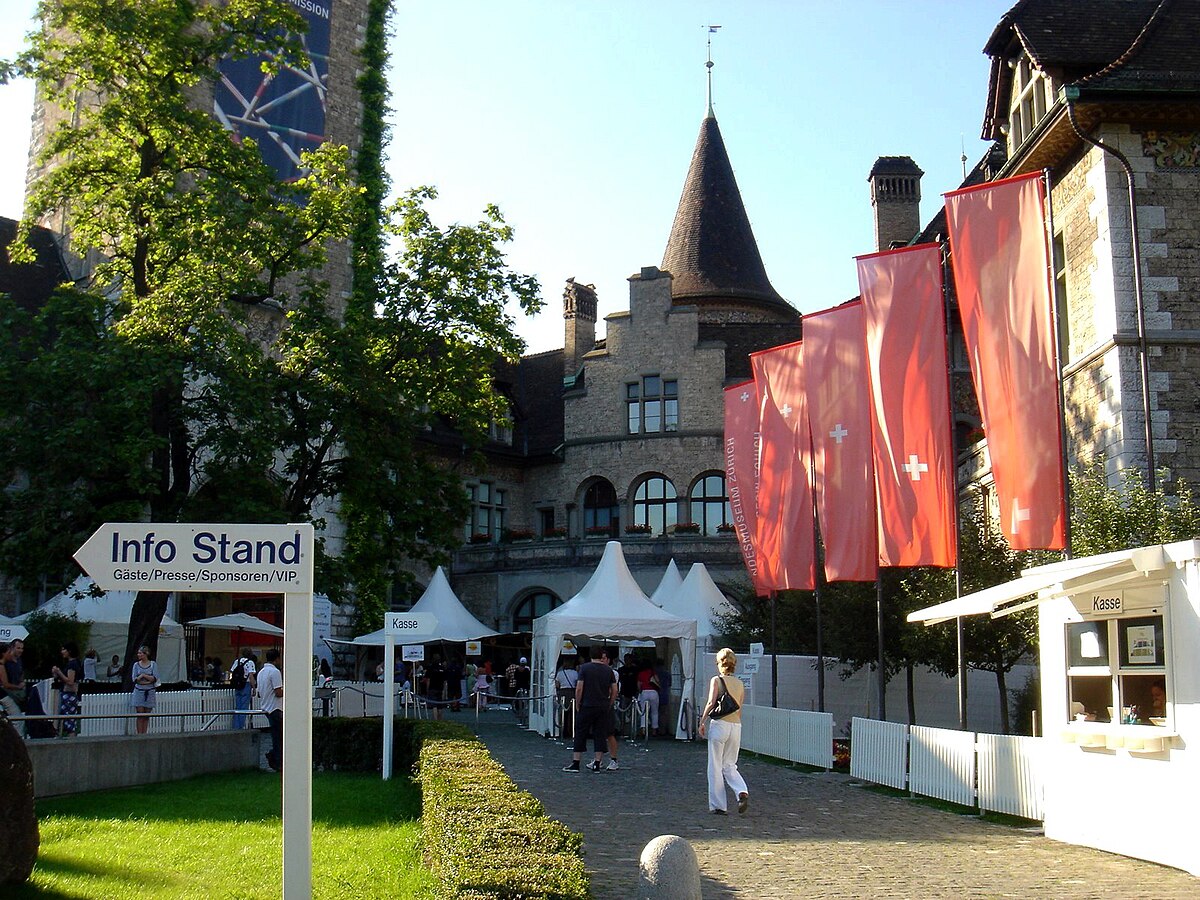
The exhibition highlighted how Zurich became a hub for electronic artists and entrepreneurs, with archival materials showcasing iconic flyers, equipment, and oral histories from pioneers. Interactive displays allowed visitors to manipulate soundscapes, mirroring the genre's collaborative ethos. Curators emphasized techno's role beyond entertainment, including its function as a platform for social criticism and community building during politically turbulent times[1].
This focused look at 1980s-90s rave scenes contrasted with concurrent exhibitions like Roman Signer's nature-themed works at Kunsthaus Zurich, demonstrating the museum's role in bridging art historical narratives with contemporary cultural movements[1]. The TECHNO exhibition's audio-visual approach also paralleled the museum's broader strategy of engaging audiences through multisensory experiences, as seen in its collections ranging from medieval armory to 20th-century design[2][3].



















